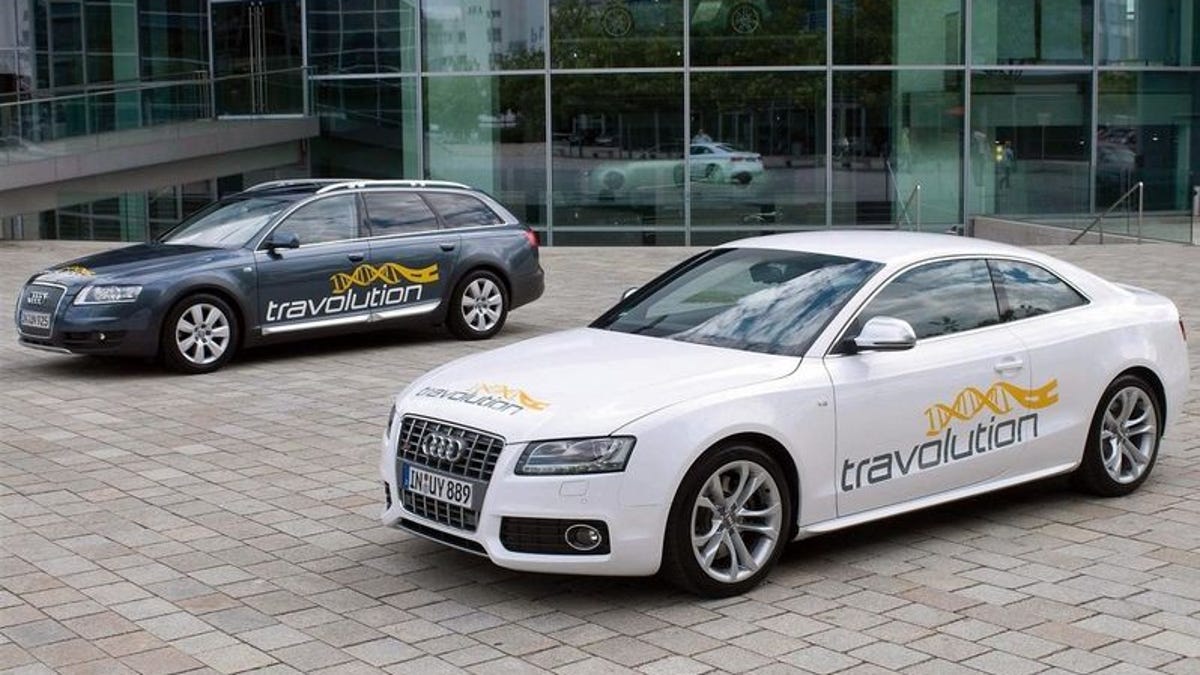Travolution enables traffic lights to talk to cars
The experimental 'Travolution' system, developed with Audi support by traffic management experts in the brand's German hometown of Ingolstadt, aims to make long traffic light waits a thing of the past

Waiting at traffic lights is one of the primary reasons why city mpg is so much lower than highway mpg. Automakers have attempted to address this issue with start-stop technology, but what if you could eliminate the stop altogether? The experimental "Travolution" system, developed with Audi support by traffic management experts in the brand's German hometown of Ingolstadt, aims to do just that and make long traffic light waits a thing of the past.
The system consists of a network of 46 "intelligent" traffic lights (with 50 more light installations planned) installed in the center of Ingolstadt, the software to which they are all linked optimizing their phasing to bring stopping times down to a minimum, and specially modified A5 and A6 Avant models provided by Audi. Communications modules built into each traffic light are able to send messages to cars in the vicinity, alerting them to the time remaining until their next green phase. The car's onboard system is then able to calculate the speed which the driver must maintain in order to pass through the light during this green phase, and displays this via the multimedia interface display.
By keeping vehicles moving, drivers not only avoid periods of zero mpg idling that so hurts their fuel economy figures, but they get to their destinations more quickly, reducing both congestion and CO2 emissions.
There are only two problems we can see with the system. The first is that it relies on drivers to actually follow the suggested speed in order to make the light. It's hard enough to get most drivers to follow the posted speed limit. However, with the incentive of higher fuel economy and quicker trips, perhaps they'll follow the computer's guidelines.
The other issue is hardware based. In order to get the optimal speed from the traffic system, vehicles must be modified to communicate with the traffic lights. But what about the millions of vehicles on the road right now that don't possess this technology? The simplest solution would be a portable device that can be carried from vehicle to vehicle. Perhaps integration with this system could be the killer app for some GPS device manufacturer.

